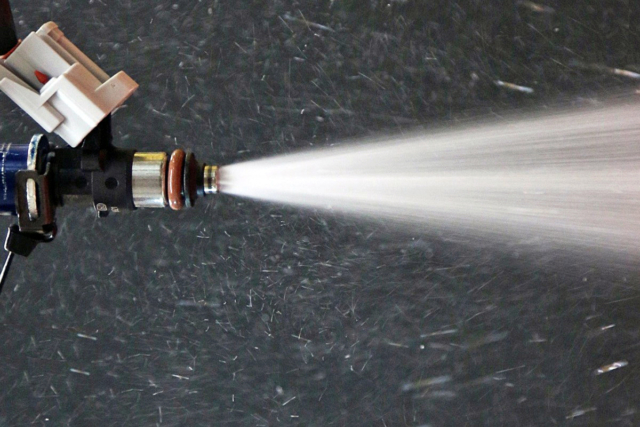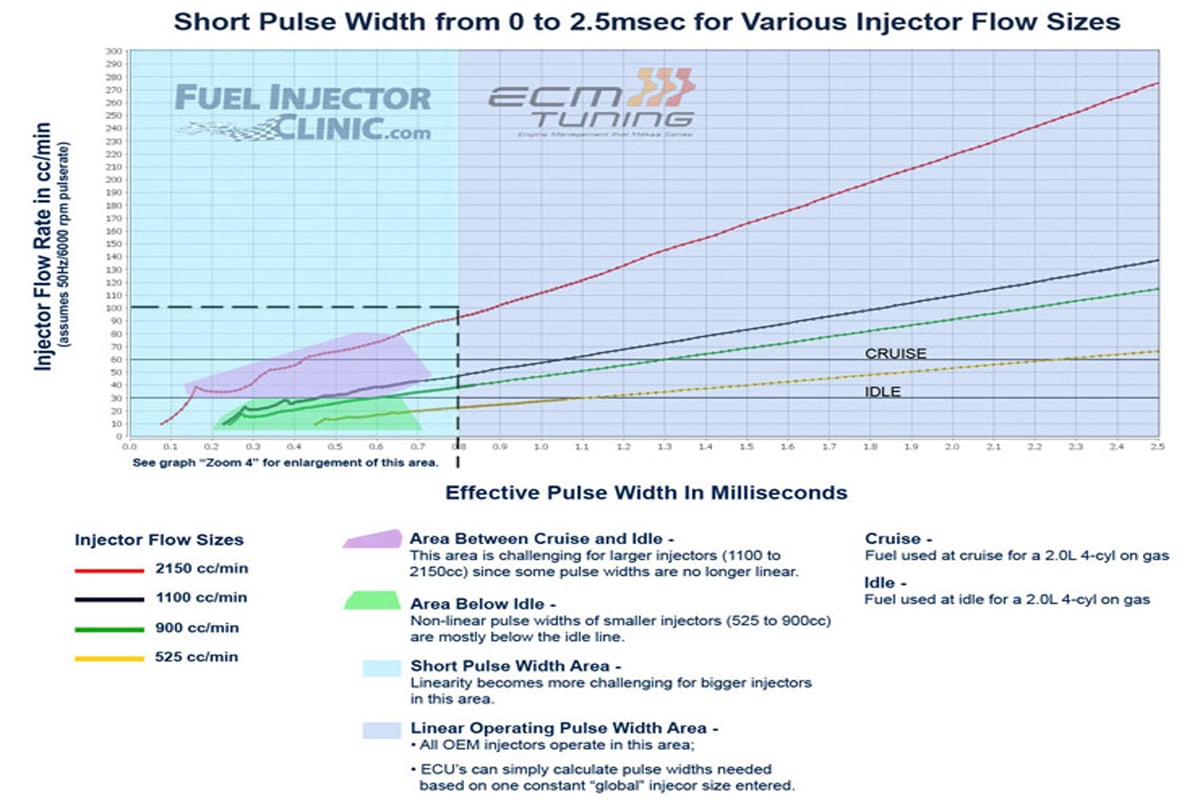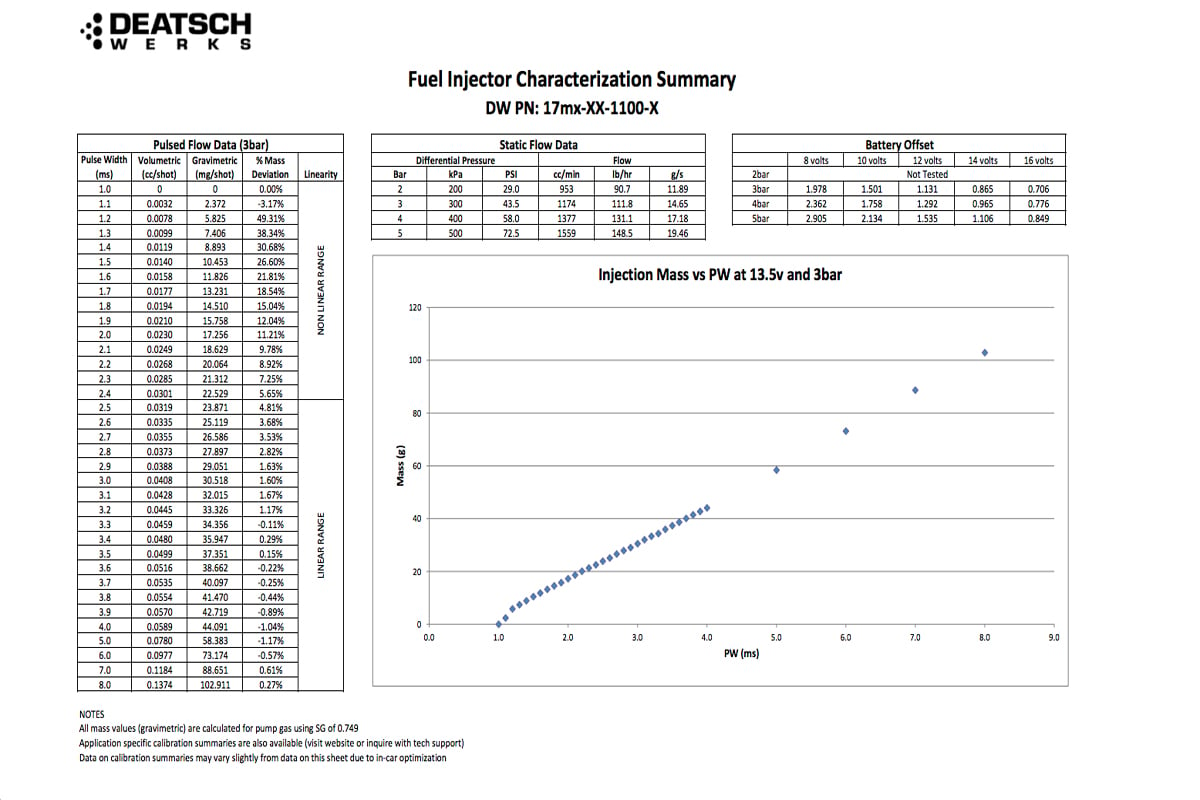 [1]During the 1990’s, the government began to really push car manufacturers to reduce tailpipe emissions and increase fuel economy. This policy push produced cars that were much more efficient and required a lot less fuel to operate; giving manufacturers the opportunity to cut production costs by making the switch from the generally higher performance low impedance injectors to cheaper high impedance injectors.
[1]During the 1990’s, the government began to really push car manufacturers to reduce tailpipe emissions and increase fuel economy. This policy push produced cars that were much more efficient and required a lot less fuel to operate; giving manufacturers the opportunity to cut production costs by making the switch from the generally higher performance low impedance injectors to cheaper high impedance injectors.
After over a decade of vague marketing by shady aftermarket companies and endless forum threads giving different opinions, gearheads have been left confused with an aftermarket flooded by high impedance and low impedance injectors and no idea which one is right for their car.
Low Impedance (Low-Z)
Low-Z injectors use a peak and hold signal to actuate the injector. This type of signal uses a two step current and requires resistors to prevent the higher current from frying the ECU. It uses a high initial current to open the injector quickly and then a lower secondary current to keep the injector opened for the rest of the pulse. Using a lower secondary current creates a weaker magnetic field, allowing the injector to close quickly. At the expense of a hotter operating temperature, the higher current gives low-z injectors their great response time, dynamic range and higher flow rates. This style was popular in the 1980s and part of the 1990s and are still used on many standalone ECU builds today.
High Impedance (High-Z) [3]High-Z injectors use a saturation signal. A saturation signal is a constant low current supplied to the injector for the duration of the pulse, instead of the mid pulse current reduction that low impedance injectors use; increasing injector reliability by reducing the operating temperature. The downside is that this increases the latency of the injector, making them inconsistent in their dynamic range and fuel delivery. These come equipped from the factory on almost every new car today and are compatible with standalone ECU’s as well.
[3]High-Z injectors use a saturation signal. A saturation signal is a constant low current supplied to the injector for the duration of the pulse, instead of the mid pulse current reduction that low impedance injectors use; increasing injector reliability by reducing the operating temperature. The downside is that this increases the latency of the injector, making them inconsistent in their dynamic range and fuel delivery. These come equipped from the factory on almost every new car today and are compatible with standalone ECU’s as well.
The Confusion
With most stock ECU’s now requiring high-z injectors in recent years; OE injector manufacturers like Bosch have poured tons of money into the R&D of high-z injectors. This level of investment has created high-z injectors with extremely light weight moving internals and bodies that are able to handle extremely high fuel pressure. These new, stronger and light weight high-z injectors are readily available in just about any flow rate up to 2,200 cc/min. Because of the lighter internals in the newest generation of high-z injectors, they respond as fast or faster than the now neglected low-z injectors that were once popular.
Reputable aftermarket injector companies like Fuel Injector Clinic [4], DeatschWerks [5] and Injector Dynamics [6] will flow match your injectors within 1-2 percent to guarantee reliable fuel delivery and provide flow, pulse width and latency data for their entire injector line. A few companies will even provide tuning program specific calibration data on their site. All of this data will help your tuner get your high powered car out on the road much faster and with much better drivability than previously thought possible.
In the FullBOOST [9] video below, you can see the inconsistency in fuel flow between injectors that aren’t flow matched, especially in the non-linear shorter pulse width areas.
Conclusion
Modern high impedance injectors are a step above their low impedance counterparts that have been stagnant in development since being almost entirely phased out of the OE market. When looking at high-z injectors for your build, be sure that the manufacturer provides injector characterization data and flow matches them to guarantee consistency and reliability.


